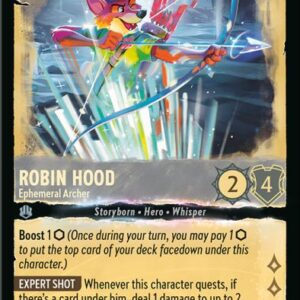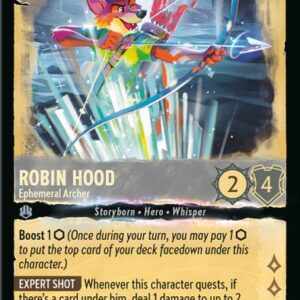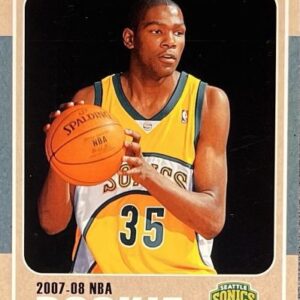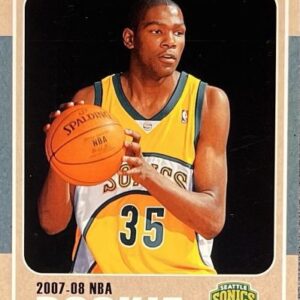Imagine if collecting cards wasn’t just a hobby but a high-stakes treasure hunt. That’s the vibe surrounding a collector’s dream: a sealed 1979-80 O-Pee-Chee Hockey card case, comprising 16 boxes with each box containing 48 packs. This isn’t your ordinary sports memorabilia; nestled possibly within these wax packs are over two dozen Wayne Gretzky rookie cards. The case, akin to a locked chest of pirate gold, was auctioned for a whopping $3.7 million in February, and has since been the center of a unique narrative of ownership and passion for collecting.
The purchaser of this treasure, Jack Arshawsky, a real estate agent hailing from Vaughan, Ontario, took a plunge into what could be the collectibles deal of a lifetime. However, the plot thickened post-purchase. Arshawsky paid a substantial sum of $3 million with the balance still pending, yet he has decided not to carry the mantle of guardian for this rare find. Instead, he wishes to pass it on to someone with a fiercer flame for such collectibles. What triggered this change of heart? It turns out that the spirit of collector kinship is strong with Arshawsky; learning about the post-auction blues of the underbidder, whose hopes were dashed in losing out on the cards, he felt compelled to find a more suitable home for them.
In his quest, Arshawsky reached out to notable figures such as Daryl Katz, owner of the Edmonton Oilers, celebrated rapper Drake, and legendary hockey figure Wayne Gretzky. Despite these lofty attempts, the ideal collector remains as elusive as a perfect ice hockey hat-trick. In the meantime, the case sits securely in the vaults of Heritage Auctions in Texas, with the auction house keeping a customary watch over the unclaimed lot. This scenario isn’t typically unusual due to varied payment plans and logistical arrangements. However, in this instance, it underscores the unique circumstances of this high-value collectible transaction.
Amid his efforts, Arshawsky has recruited a legal ally, Toronto lawyer Hy Bergel, to assist in navigating the waters of high-end collectible reselling. It isn’t mere transactional profit that Arshawsky is after; his goal is to match the case with a collector whose heart beats as fervently for hockey history as does the echoing slap of a puck in a rink. His sincerity shines through in his consideration to gift the case to a childhood friend if a suitable buyer doesn’t emerge, underscoring his desire not just for a sale, but for a meaningful transfer of guardianship.
The treasure chest, authenticated and resealed by the Baseball Card Exchange, represents not just financial value but a significant slice of sports history. The case’s age and unopened state add layers of value, with its contents speculated to enrich the worth significantly due to the potential grading of the rookie cards it might house. Each pack waiting within is a sealed capsule of time, perhaps holding a mint-condition card of “The Great One” himself, Wayne Gretzky, making it a coveted piece for connoisseurs of hockey memorabilia.
Through this journey of attempted resales and the search for a true enthusiast, Arshawsky demonstrates a distinctive approach to the world of high-stakes collecting — it’s not always the value, but the values that define the worth of a collection. Whoever ends up with this rare assembly of hockey history will not just be buying into a hobby but inheriting a legacy. Arshawsky’s tale, characterized by selflessness and an earnest search for passion over profit, adds a notable chapter to the story of sports collectibles. The case, with its packs still sealed, awaits its next chapter, hoping to find a home where it will be cherished with the reverence it truly deserves.






